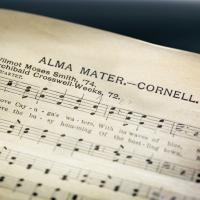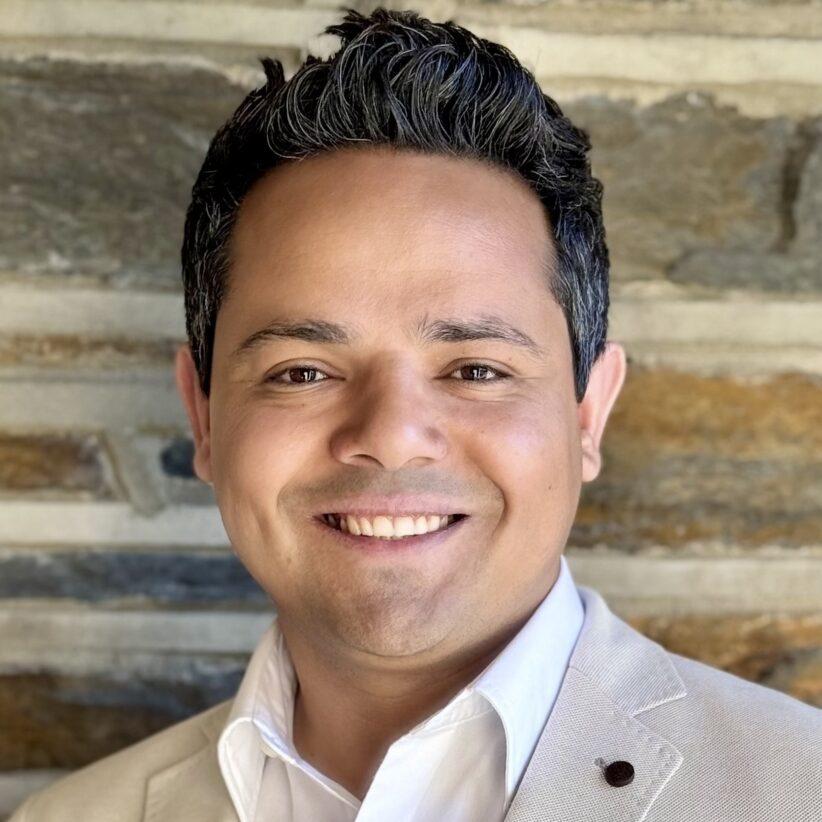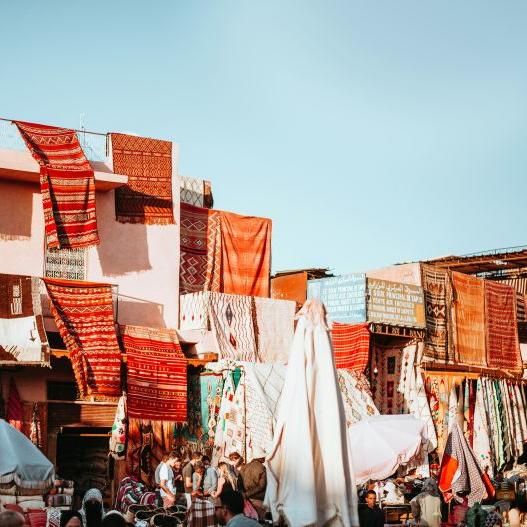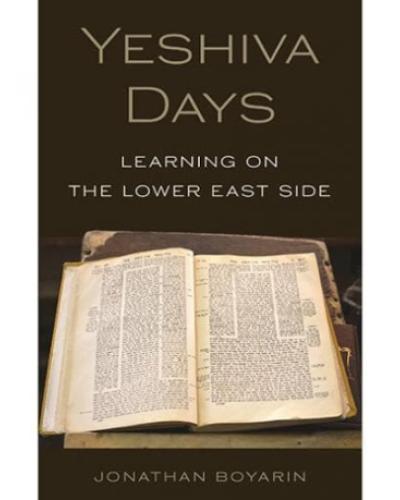In 2012, Jonathan Boyarin, the Mann Professor of Modern Jewish Studies, spent a year of academic leave studying Torah at Mesivtha Tifereth Jerusalem (MTJ), New York’s oldest institution of rabbinic learning.
He describes his experience in “Yeshiva Days: Learning on the Lower East Side.” Part ethnography, part memoir, the book portrays daily life in Manhattan’s Lower East Side, where the once-robust Jewish population is in decline, and chronicles a side of Jewish life that outsiders rarely see.
“My hope is that, if the yeshiva is an unknown place to you when you begin to read, it seems more familiar by the end,” Boyarin wrote, “and if it is already a familiar place, you may be reading it in a new light and with enriched appreciation of its significance today.”
The yeshiva was the central institution of rabbinic learning among Eastern European Jews and their descendants, Boyarin explains in the book. The institution took its modern form in Lithuania and nearby areas during the 19th century, he said, and has remained central to Orthodox Jewish communities after the period of mass emigration and genocide in the mid-20th century. In the United States, there are yeshivas in New Jersey, New York City, upstate New York and elsewhere.
As an anthropologist, Boyarin has done ethnographic research in Jewish communities in Paris and New York. But he studied at the yeshiva, attending daily Talmud lessons and weekly lectures, “to gain more literacy in the traditional rabbinic texts,” as he wrote, and didn’t think of his time there as fieldwork.
“I’ve always known that a deep engagement with the rabbinic tradition of study was a heritage from my grandfathers, but for most of my life I wasn’t ready to receive that heritage or didn’t know how,” Boyarin said. “Learning at MTJ gave me access to that tradition in a way that made it possible for me to feel like I’m participating in a conversation with those ancestors, without needing to erase my identity in the present.”
This wasn’t “just research,” Boyarin said, but also deeply personal: “This is a major part of what I want to do with my life from now on.”
At a yeshiva, students (traditionally male, but now of any gender at some institutions) study Torah, which includes not only the Hebrew Scriptures but also “a vast sea of rabbinic texts stretching back two millennia and still being created in the present, as well as authoritative verbal discourses pronounced by teachers today,” Boyarin wrote.
“Yeshiva Days” illuminates many aspects of the year immersed in these studies. Much of it takes place in the “big room” of MTJ, which boasts several great arched windows facing the sidewalks of East Broadway, as well as bookshelves, a large Torah ark and several rows of metal tables to facilitate face-to-face study in groups of two or more.
He also introduces his study partners (Jewish men of various ages and backgrounds) and the Rosh Yeshiva – the moral and intellectual head of the yeshiva. He writes about the present and past of the neighborhood and the place of the yeshiva in the Orthodox community of the Lower East Side and New York City.
“The people who came to the Lower East Side and the people who were born here created a network of institutions that has been gradually dwindling for decades, while the yeshiva stands out as one of the survivors,” Boyarin wrote.
Boyarin said he thinks it’s important to illuminate yeshiva life and study for general readers.
“The yeshiva – this one in any case – retains certain values that may indeed have become too scarce in our university world, especially the notion of study for its own sake,” he said. “And perhaps even more important, the yeshiva is a wonderful laboratory for the observation of reading and study as social, not solitary, activities.”





